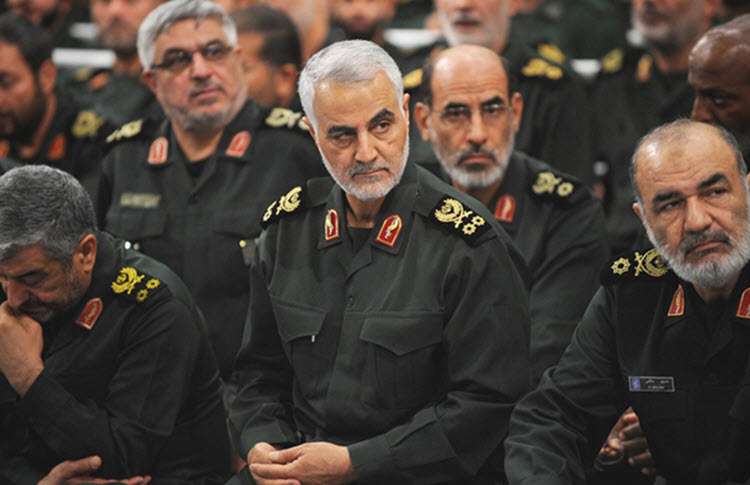
Iran Focus
London, 13 August – It is not hard to see the cracks emerge in Iran’s so-called “Shiite crescent” across the Middle East. Iran has inserted itself into regional conflicts to prop up despotic dictatorships (Syria) or remove ISIS, while still supporting terrorism (Iraq) and that made Iran’s important ally to their regional partners, but now Bashar Assad has reclaimed Aleppo and ISIS has been more or less removed from Iraq, which makes Iran dispensable.
This breakup of the Crescent has been furthered by outside forces that want to limit Iran’s power in other countries, like Russia who struck a deal with Israel to keep Iranian forces away from the Syria-Israel border and is striking deals between Turkey and the Kurds to rebuild Syria.
However, in Iraq, Iran’s eminence is waning because of angry Iraqis protesting against Iran’s influence and harsh conditions for the Iraqi people, which have led to tensions between the Iraqi government and Iran. The Iranian currency collapse has also gravely affected the Iraqi population, many of whom had money deposited in Iranian banks. Some report having lost over half their savings due to US sanctions on Tehran.
It is worth noting that Lebanon is also under the control of Iran, via the Lebanese Hezbollah, but Hezbollah is very entrenched within Lebanon and will likely survive Iran’s weakness. Although, no one should hold their breath for an anti-Hezbollah uprising, the unrest that Lebanon is currently facing as a result of a lack of basic services is still indicative of a weak Iran.
More important than these fissure in the Crescent is the uprising in Iran itself. As the economy continues to fold in on itself, marked by a plummeting currency and increased unemployment, the people have been taking to the streets. The protest began in January, following a draft budget that cut money for the poor n favour of additional military spending, and have been reignited by returning US sanctions that squeezed Iran’s economy again.
Hazem al-Amin, a writer and columnist, wrote on Al Arabiya: “It seems that this time Tehran is facing internal challenges that have begun to disrupt its regional task. However, this fissure, like any other, has shock waves which call for prudence before when rushing to celebrate the idea that this Iranian crescent system has been shaken. Some communities will not be able to survive the consequences of this collapse, and we are prepared for more civil wars in the wake of new collapses.”